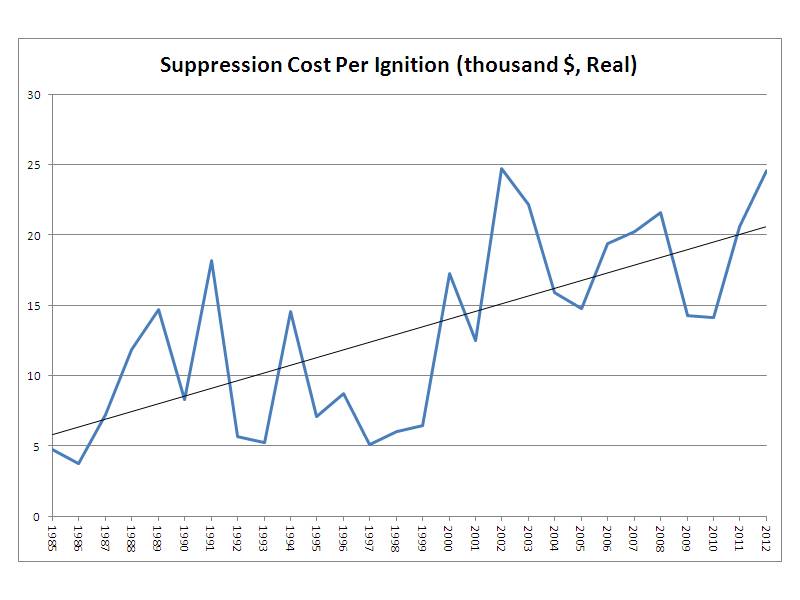Now the USFS is looking for handouts and Coca-Cola is advertising bottled water, so this is a real win-win situation. The richest kid in town already gets to skip property taxes and blatantly ignore the very laws that gave it life, and now needs charity to manage its own resources. Fortunately, we have Tom Vilsack at the helm to steer this prodigal child and he knows just what to do — put enough spin on the situation so he gets his picture in the paper and makes it look like this is the latest thing in public forest management. wow.
This just in:
CHICAGO (AP) — The U.S. Department of Agriculture and Coca-Cola signed a five-year agreement Friday to restore watersheds that have been damaged or altered by development, wildfires and agriculture as part of an initiative to slow runoff and replenish groundwater on federal lands.
Such efforts are increasingly important to corporations and farmers who rely on water and to tens of millions of people whose drinking water originates in the national forest system, Agriculture Secretary Tom Vilsack said. But federal budget cuts and the wide scope of the problem have the USDA turning to partnerships with nonprofit groups and corporations for help.
“We need to look creatively at ways to leverage our resources or attract outside resources,” said Vilsack, who along with Coca-Cola Americas President Steve Cahillane will announce the partnership at the Midewin National Tallgrass Prairie outside of Chicago. A wetland at the 18,000-acre site is being restored by removing old agricultural drain tiles that divert almost 14 million gallons per year into waterways — and eventually down the Mississippi River — rather than allowing it to soak back into the ground.
It’s one of six projects that Coca-Cola has helped fund through a pilot program with the USDA’s U.S. Forest Service over the past two years, said Chris Savage, assistant director of the agency’s Watershed, Fisheries and Wildlife office. Others included restoring a wetland in California’s Sierra Nevada Mountains that helps supply water to San Francisco and restoring the landscape along Colorado’s South Platte River that was devastated by fire a decade ago.
Under the new agreement, the company and the Forest Service will work with two nonprofit foundations — the National Forest Foundation and the National Fish and Wildlife Foundation — to identify projects on federal lands. Corporate funding will go through the foundations, which also contribute money to the projects, officials said. There is no specific amount committed to the projects, but Vilsack said he expects “millions” will be spent.
Coca-Cola will emphasize projects that can be done fairly easily and improve resources in areas where the company withdraws water for production, said Bruce Karas, the company’s vice president of environment and sustainability for North America.
“Water stewardship is a key focus because … it’s in every product,” Karas said, adding that the company has pledged by 2020 to replenish as much water as it uses. The company has worked with universities and other organizations in the past, but partnering with the USDA could help it get the most from its investment because national forest lands often are the headwaters for important watersheds, Karas said.
The importance of restoring watersheds can’t be overstated, especially with climate change leading to weather extremes such as flooding and drought — and potentially more frequent and larger fires — at the same time manufacturers, residents and farmers increasingly compete for water, Vilsack said.
That’s particularly true in the West, he said, where wildfires have stripped the land of trees and other vegetation that once helped absorb water. The land, he said, “hardens like cement so rain runs off in a torrent” with ash, sludge and debris that makes its way into rivers and reservoirs. What’s more, the drinking water for about 60 million Americans originates in the national forest system.
“It’s about the quantity of water and availability,” he said.






![Google Earth image showing a pre-fire portion of the landscape now burning as part of the Lolo Creek Complex, currently the nation's number 1 priority fire. For orientation purposes, the picture icon on the middle-bottom of the image is "Fort Fizzle" (a temporary military post erected in July 1877 by the U.S. Government to intercept the Nez Perce Indians [including women and children] in their flight from Idaho across the Lolo Pass into the Bitterroot Valley....and eventually to the Big Hole, Yellowstone and then all the way up to Canada). The road at the bottom of the image is US Hwy 12 and you'll notice a fair number of homes and neighborhoods scattered along the highway. The two other pictures in this post (below) were taken near Hwy 12 and are looking to the north on the slopes above Fort Fizzle. According to a property ownership search on the official State of Montana site, nearly all of the land in this image north and above the highway is owned by Plum Creek Timber Company, although 3/4 of a section is owned by "YT Timber" out of Townsend, MT (likely connected to RY Timber in Townsend) and nearly 1/2 a section is owned by "BFP Partnership" from Missoula (which appears to be a development company). If we could turn back the clock to pre-Lolo Creek Complex what specific land management activities would you recommend in this landscape in terms of restoring the forest, addressing "fuels" or protecting the homes and neighborhoods from the inevitability of wildfire?](https://forestpolicypub.com/wp-content/uploads/2013/08/fort-fizzle-north.png)


